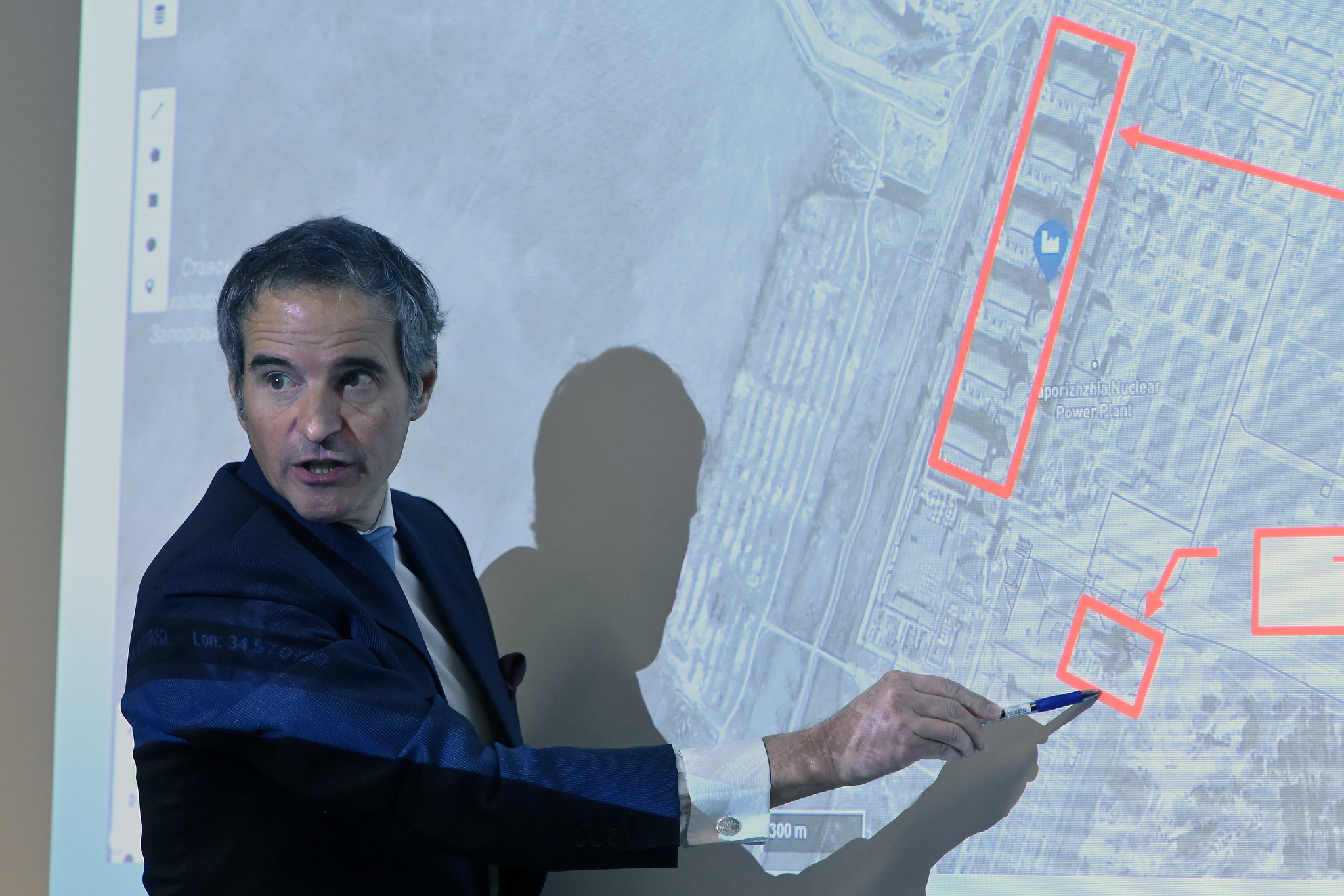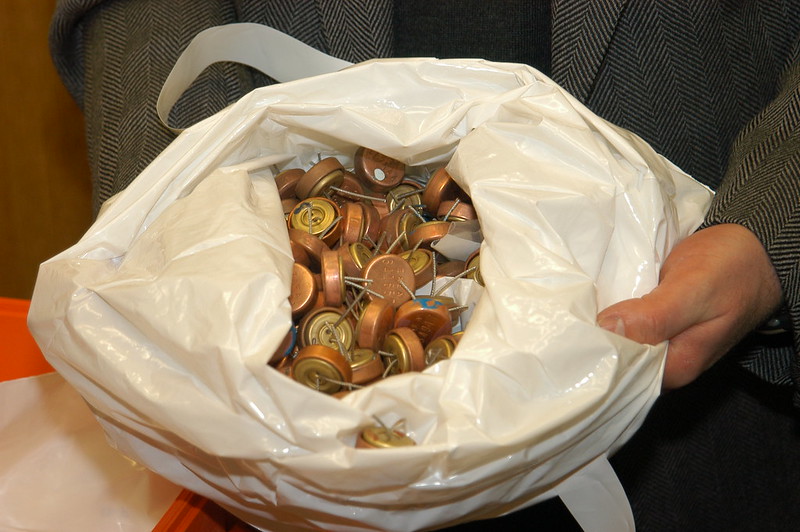
The following is an excerpt of an article written by John Carlson, Non-Resident Senior Fellow, VCDNP. The full article was published on 12 September 2022. It is available below.

The war in Ukraine, particularly fighting around the Zaporizhzhya nuclear power plant, has drawn the world’s attention to the danger presented by military attacks on nuclear facilities. Such attacks could cause widespread radioactive contamination, affecting civilian populations not only in the state concerned but potentially well beyond that state. This danger highlights the need (a) for clear international legal rules prohibiting military attacks on or near nuclear facilities, and (b) for all states to observe such rules.
Prior to Zaporizhzhya there had been several attacks on nuclear facilities, in most cases before the facilities concerned had commenced operation. Fortunately none of these attacks resulted in significant radiation releases:


By continuing to use the site, you agree to the use of cookies. more information
The cookie settings on this website are set to "allow cookies" to give you the best browsing experience possible. If you continue to use this website without changing your cookie settings or you click "Accept" below then you are consenting to this.